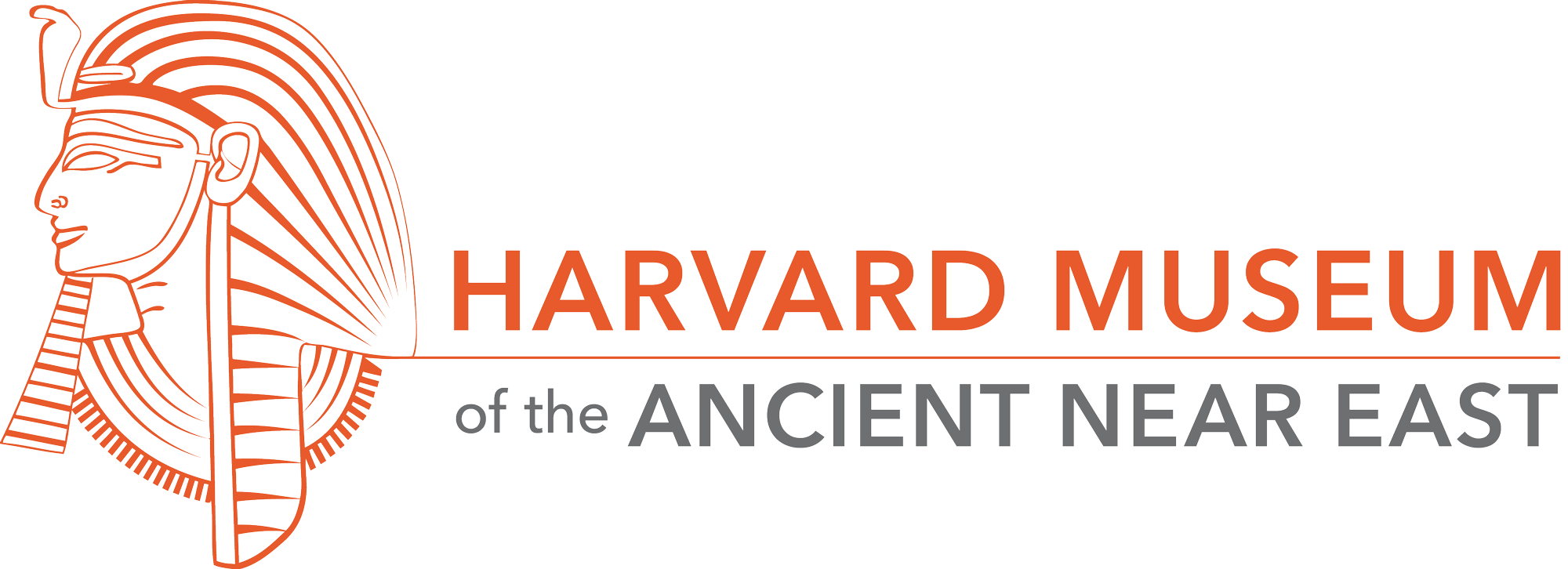Citation:

Abstract:
The ancient myth of a battle between a Divine Warrior and a primordial monster undergoes significant development in postbiblical and rabbinic literatures. This development is the focus of the present study. In particular, it examines the monsters Leviathan and Behemoth, showing that the postbiblical and rabbinic traditions about them are derived from ancient sources that are not all preserved in the biblical texts.
In the Apocalypse of Abraham and the Ladder of Jacob, the monster Leviathan is placed at the juncture of heaven and the underworld. This cosmological focus appears in rabbinic literature in traditions concerning Behemoth, Leviathan, and the world rivers, and concerning Leviathan as the foundation of the axis mundi. These originate in the Divine Warrior's enthronement upon the vanquished chaos dragon.
A second role in which Leviathan and Behemoth appear in postbiblical literature is as food for the eschatological banquet. Whitney studies this in a variety of sources, among them 4 Ezra 6:47-52, 2 Apocalypse of Baruch 29:4, and 1 Enoch 60:7-9, 24, and a number of rabbinic texts. In one tradition, the battle between God and monster becomes an angelic hunt, described by the Greek word kynegesia. This sometimes referred to battles between beasts in the arena, and in a variant tradition Leviathan battles Behemoth in a fight to the death before the banquet. The "food for the righteous" motif possibly stems from the introduction of hunting imagery into the combat myth: the prevalence of hunting banquets gave rise to the expectation that these monsters, the prey in a divine hunt, would feed the righteous at the end of time.
Notes:
Harvard Semitic Monographs - HSM 63
